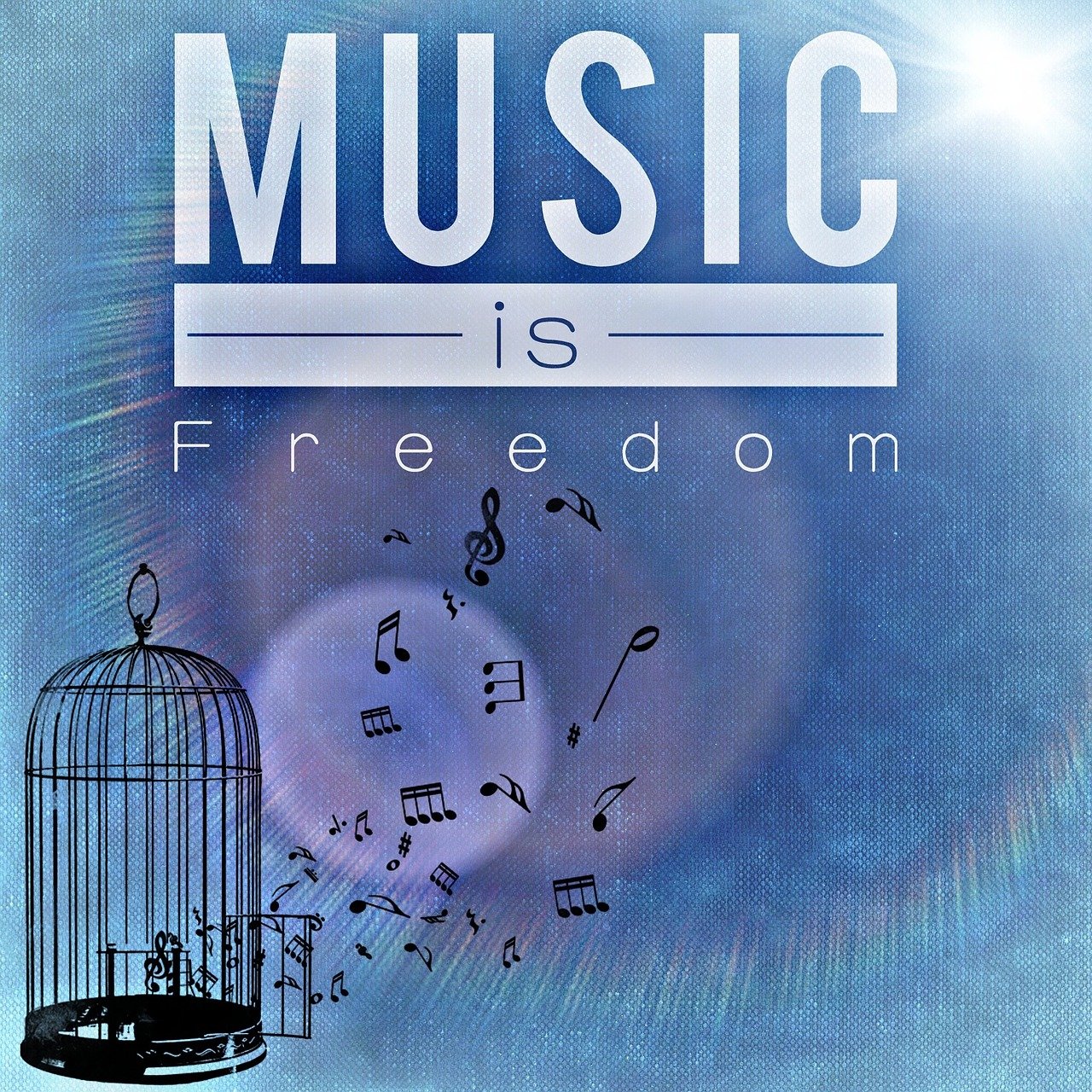The Rhythmic Dance of Feathers and Strings: My Love for Playing Badminton in English
As the sun begins to set, casting a golden hue over the park, I find myself drawn to the familiar sound of swift movements and the occasional cheer. It's the sound of badminton, a sport that has become more than just a pastime for me—it's a language that speaks volumes about camaraderie, skill, and the simple joy of movement. And when I say "my love for playing badminton in English," I'm not just talking about the language we use on the court; I'm talking about the universal language of the sport itself.
The Language of the Shuttlecock: A Global Connection
Badminton, with its origins dating back to ancient Greece, has evolved into a sport that transcends borders and languages. The shuttlecock, or birdie as it's affectionately known, doesn't need words to bring people together. It's a symbol of unity, a silent ambassador that travels across cultures, speaking the same language of speed, agility, and strategy to players worldwide.
When I step onto the court, I'm not just playing a game; I'm engaging in a dialogue with my opponent. Each serve, each return, is a sentence in our ongoing conversation. The language of badminton is rich and nuanced, with every player adding their own flair to the dialogue. It's a language that's both competitive and cooperative, where the objective is not just to win but to play well, to express oneself through the game.

The Syntax of Movement: Understanding the Game
The syntax of badminton is as intricate as any spoken language. There's the serve, the return, the smash, and the drop shot—each with its own set of rules and techniques. Just as in English, where the order of words can change the meaning of a sentence, in badminton, the sequence of moves can turn the tide of a game. A well-placed serve can set the stage for a rally, just as a well-constructed sentence can lead to a powerful argument.
The grammar of badminton is all about balance and timing. It's about knowing when to attack and when to defend, when to go for a powerful smash and when to place a delicate drop shot. It's a language that requires precision and foresight, much like crafting a well-thought-out paragraph.
The Vocabulary of Emotions: The Impact of the Game
Badminton is not just about the physical act of playing; it's also about the emotional vocabulary it helps us express. The exhilaration of a well-executed smash, the satisfaction of a perfectly placed shot, the frustration of a missed opportunity—these are all part of the emotional lexicon of the game. They are the adjectives and adverbs that give our badminton narratives color and depth.
Playing badminton in English is about more than just the words we use to communicate on the court. It's about the shared experiences, the emotions, and the connections we make through the game. It's about the friendships forged over a net, the rivalries that push us to improve, and the community that gathers around the simple act of hitting a shuttlecock back and forth.
The Punctuation of Rest and Play: The Rhythm of the Game
Just as in writing, where punctuation marks give structure to our thoughts, in badminton, the rhythm of the game gives structure to our movements. The serve is the period that starts a new sentence, the rally is the flowing narrative, and the point is the full stop that ends one exchange and begins another. The game ebbs and flows, much like the sentences of a well-written story, with moments of tension and release, of anticipation and fulfillment.
In Conclusion: The Universal Appeal of Badminton
Whether you're a native English speaker or not, the language of badminton is one that you can understand and enjoy. It's a language that values skill, respect, and sportsmanship. It's a language that brings people together, regardless of their mother tongue, and creates a shared experience that is both exhilarating and unifying.
So, the next time you pick up a racket and step onto the court, remember that you're not just playing a game; you're engaging in a global conversation, speaking a language that is as old as time and as vibrant as the players who speak it. And that, my friends, is why I enjoy playing badminton in English—a language that knows no boundaries and brings the world a little closer together, one shuttlecock at a time.
Playing Badminton:The English Terminology and Cultural Insights
The Gym:A Glimpse into the World of Fitness Centers and Their Abbreviations
Mastering the Art of English:How to Write Saturday and Enhance Your Vocabulary
Exploring the Versatility of Three in English:A Linguistic and Cultural Dive
The Power of Sports:How English Proficiency Enhances Global Athleticism and Unity
Always Lucky:Embracing the Power of Positivity and Creating Your Own Fortune
The Essence of Sportsmanship:Embracing the Spirit of Fair Play and Respect
The Power of Sports:Unifying Cultures and Inspiring Generations
Unlocking the Power of Language:English Phrases for Sports Enthusiasts
Stadiums:The Heart of Sports and Culture A Deep Dive into Their History,Architecture,and Impact